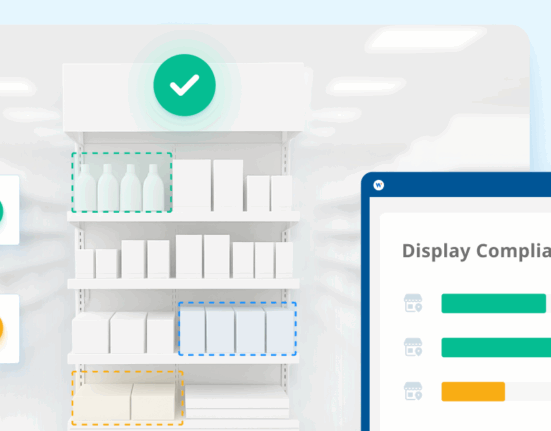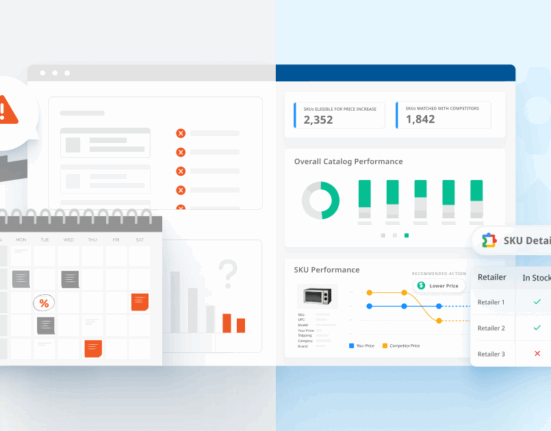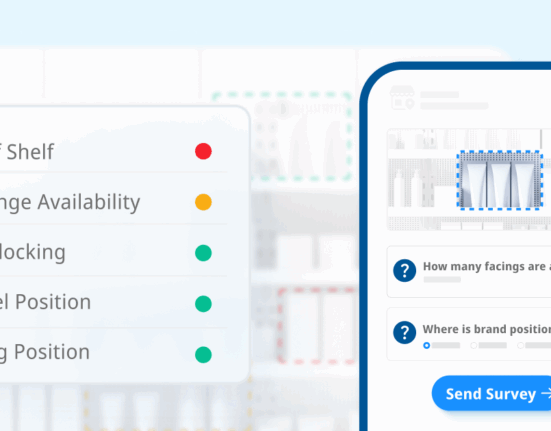Prime Day has established itself as a crucial event for brands across all industries, but the strategies employed by FMCG (Fast-Moving Consumer Goods) brands compared to non-FMCG brands differ significantly due to the nature of their products and customer purchasing behaviors.
Prime Day Overview
Prime Day has grown into a significant sales event that rivals Black Friday and Cyber Monday, with consumers expecting deep discounts and limited-time offers across a wide range of products. For brands, this presents a unique opportunity to boost sales, clear inventory, and acquire new customers. However, the strategies that work for FMCG brands are often quite different from those that are effective for non-FMCG brands.
FMCG vs. Non-FMCG Sales Strategy: FMCG products, which include food, beverages, household items, and personal care products, are characterized by their high turnover, lower price points, and frequent purchase cycles. In contrast, non-FMCG products like electronics, appliances, and furniture typically have higher price points, longer sales cycles, and lower purchase frequencies. These fundamental differences shape how each category approaches Prime Day.
Why These Differences Exist
The primary reason for these differing approaches lies in the fundamental nature of the products. FMCG products are everyday items that consumers purchase regularly, often on impulse. The goal during Prime Day is to drive volume and increase the average order size, often through bundling or broad discounting.
On the other hand, non-FMCG products are more significant investments for consumers. The purchase decision is usually more deliberate and involves more research. As a result, these brands focus on making a few strategic discounts that will attract serious buyers without undermining the perceived value of their products.
FMCG Prime Day Strategies:
- Aggressive Discounting Across the Board:
- FMCG brands are more likely to offer widespread discounts across their entire product lines. This approach is driven by the need to move high volumes of product quickly, particularly for items with shorter shelf lives. For instance, beverage brands often discount all their products to attract a wide range of customers, from those looking for everyday essentials to those interested in trying new products.
In 2023, beverage brands saw a 25% increase in unit sales on Prime Day due to blanket discounts across their product lines.
- Bundling and Promotions:
- FMCG brands frequently use bundling strategies, offering multi-pack discounts or buy-one-get-one-free deals. This not only increases the average order value but also helps clear inventory faster. Bundling is particularly effective in categories like snacks and beverages, where consumers are more likely to stock up during sales.
Over 40% of FMCG purchases on Prime Day involved some form of bundling, driving a 15% increase in average order value compared to regular sales days.
- Impulse Buying and Sampling:
- Prime Day is an ideal event for FMCG brands to capitalize on impulse buying. With low price points and widespread discounts, consumers are more likely to add extra items to their carts. Additionally, Prime Day provides an opportunity for brands to introduce new products through discounts or free samples, encouraging trial and future purchases.
The low-risk nature of FMCG purchases, combined with aggressive promotions, drives higher impulse buying rates during Prime Day compared to non-FMCG categories.
Non-FMCG Prime Day Strategies:
- Selective Discounting:
- Unlike FMCG brands, non-FMCG brands, such as those in the electronics and appliance categories, tend to be more selective with their discounts. High-ticket items like fridges or TVs are often discounted strategically to balance inventory management and margin protection.
In 2023, only 30% of non-FMCG products saw discounts on Prime Day, but those that were discounted experienced an average sales increase of 60%.
- High-Impact Promotions:
- Non-FMCG brands often rely on limited time offers or deep discounts on a select few high-margin items to create a sense of urgency. This tactic is designed to draw in consumers who have been waiting for a significant deal to make a major purchase.
The infrequent purchase cycle of non-FMCG items means consumers are more likely to wait for significant sales events like Prime Day to make a purchase, making deep discounts on high-demand items particularly effective.
- Increased Ad Spend and Visibility:
- Non-FMCG brands also tend to allocate significant portions of their marketing budgets to Prime Day, focusing on digital advertising to increase visibility. The goal is to stand out in a crowded marketplace where consumers are bombarded with deals across all categories.
Non-FMCG brands increased their ad spend by 31% during Prime Day 2024, with top performers seeing a 20% boost in sales due to higher ad visibility.
Adjusting Your Strategy for Prime Day Success
The distinct strategies employed by FMCG and non-FMCG brands during Prime Day highlight the importance of understanding product-specific sales dynamics. FMCG brands, with their high turnover and frequent purchase cycles, benefit from widespread discounting and impulse-driven promotions. In contrast, non-FMCG brands focus on selective discounting and high-impact promotions to capitalize on consumers’ willingness to spend during major sales events.
As Prime Day continues to evolve, brands across all categories must refine their strategies to align with shifting consumer behavior and market trends. Whether you’re an FMCG brand or a non-FMCG brand, understanding how to adapt your approach can make the difference between merely participating in Prime Day and truly capitalizing on it. Here’s how each type of brand should consider adjusting its strategy, and how Wiser can support you in this endeavor.
For FMCG Brands:
Maximizing Volume through Aggressive Promotions and Bundling
- Refine Your Discounting Strategy: FMCG brands should focus on offering competitive discounts across their entire product lines to attract price-sensitive consumers. However, it’s crucial to analyze which products contribute most to profitability and strategically apply higher discounts to these items. Bundling products can also increase average order value, helping to offset the lower margins that might result from deep discounts.
- Leverage Data for Real-Time Adjustments: Monitoring sales data in real-time allows FMCG brands to adjust pricing and promotions dynamically. For example, if a particular product is underperforming, you can quickly implement a flash sale to boost its performance during the remaining Prime Day hours.
For Non-FMCG Brands:
Selective Discounting and Targeted Marketing
- Identify Key Products for Promotion: Non-FMCG brands should focus on a select few high-margin products for deep discounts. This strategy ensures that while only a portion of the product line is discounted, the products most likely to drive significant revenue are highlighted to their target market.
- Invest in Targeted Advertising: Allocate budget towards targeted advertising campaigns to increase the visibility of your key deals. Ensuring your promotional content reaches the right audience—those who are already in the market for big-ticket items—will maximize your ROI during Prime Day.
How Wiser Can Help
Wiser provides actionable insights that can guide your Prime Day strategy, ensuring you’re not just part of the conversation but leading it. Here’s how we can support all brands:
- Real-Time Data Analytics: Wiser provides real-time data insights that allow you to adjust your promotions on the fly. Whether you’re looking to optimize discount levels, test different bundling strategies, or shift marketing focus, our platform helps you make informed decisions that drive immediate results.
- Competitive Benchmarking: Understanding what your competitors are doing is crucial during Prime Day. Wiser’s tools enable you to track competitor pricing, promotional tactics, and customer sentiment, giving you a clear edge in the highly competitive environment.
- Tailored Recommendations: Wiser doesn’t just provide data; we offer tailored recommendations based on industry trends and your specific brand goals. Whether you’re an FMCG brand aiming to boost volume or a non-FMCG brand focused on maximizing high-ticket sales, our insights help refine your approach.
By adjusting your strategy with these insights in mind and leveraging Wiser’s powerful tools, your brand can not only participate in Prime Day but dominate it—driving growth, capturing market share, and ultimately achieving long-term success in a crowded marketplace.









